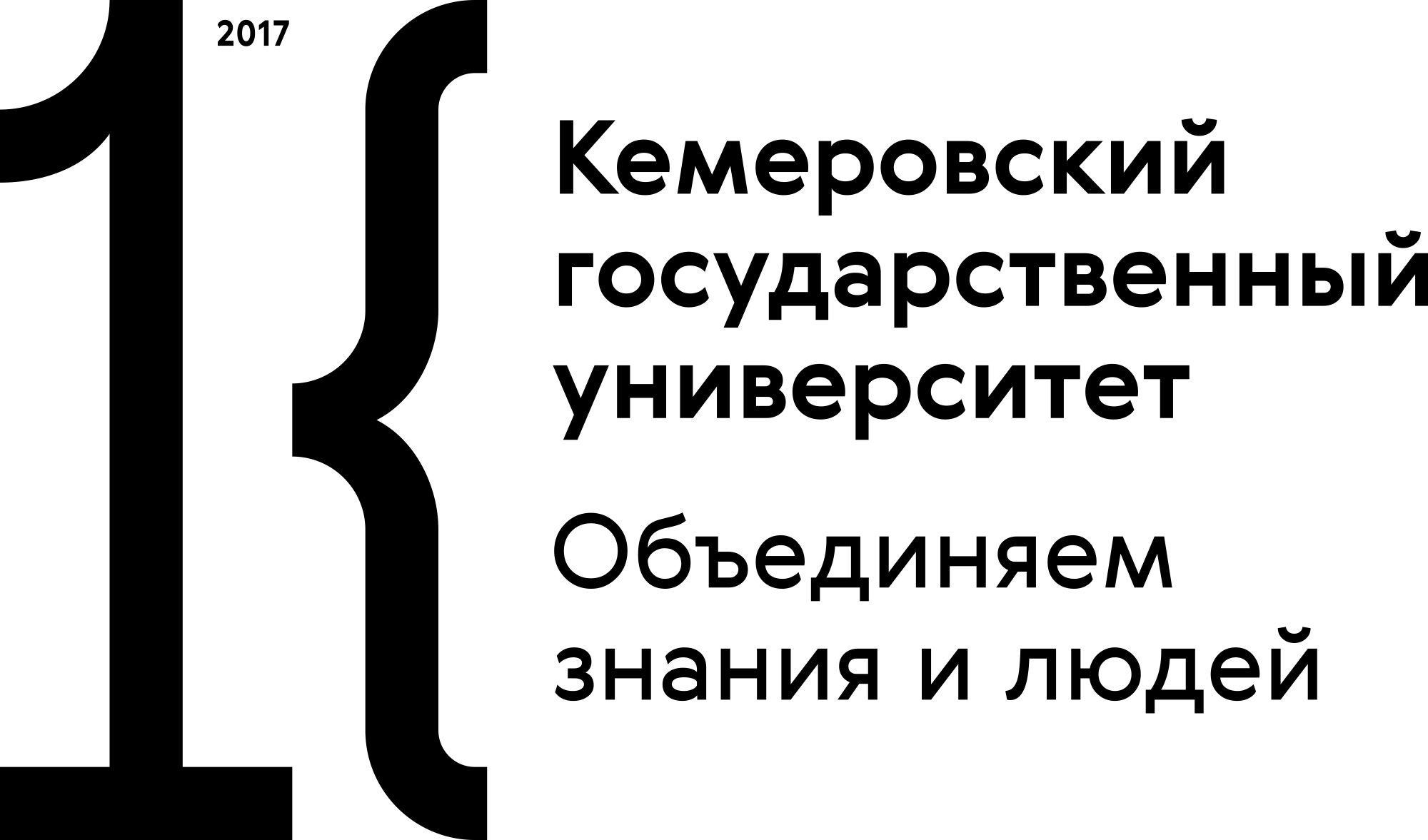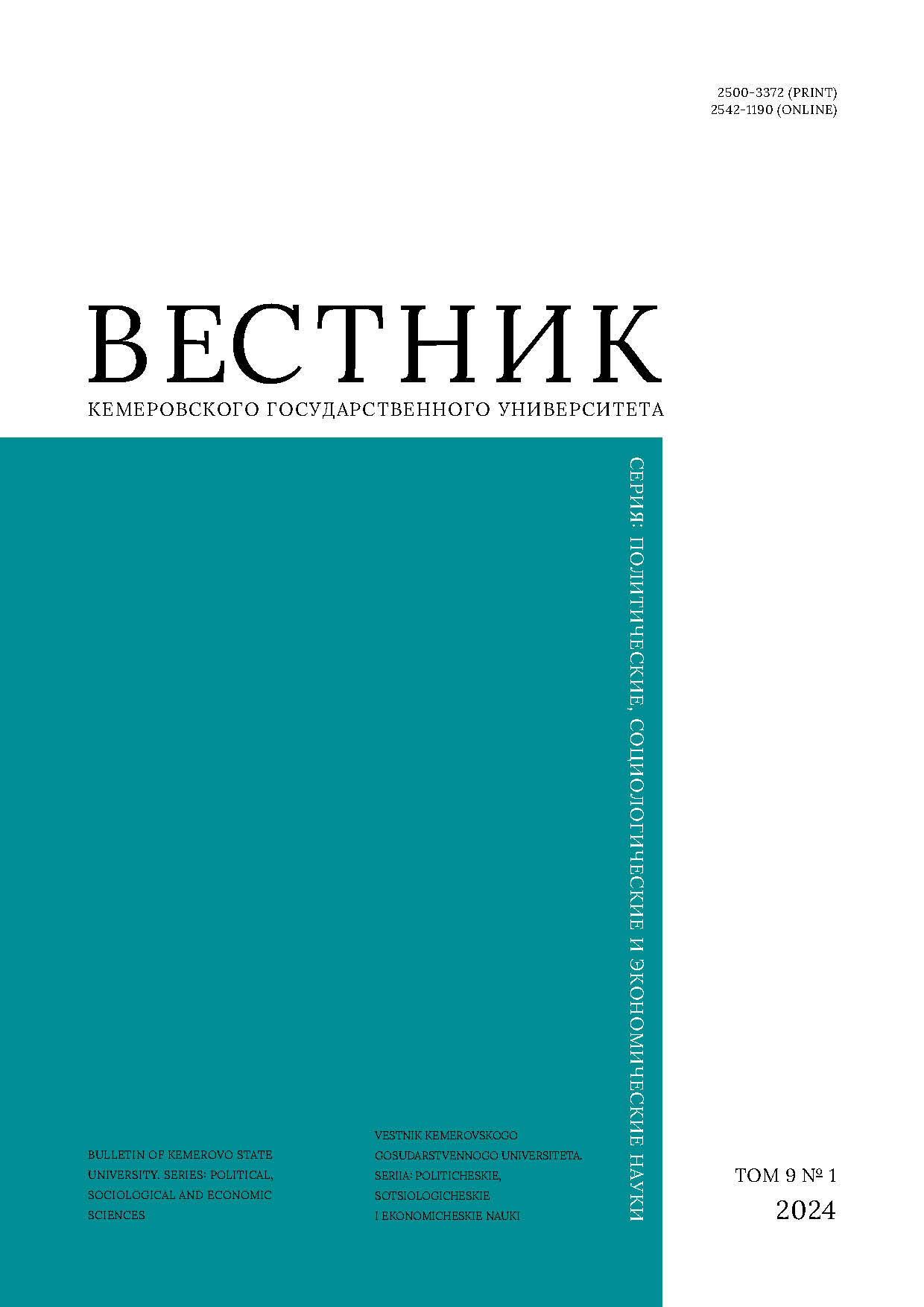Kemerovo, Russian Federation
The article examines the risks and threats of children’s network communication in the context of the modern digital society development. The author presents analysis of the adolescents’ cybersocialization process, and the classification of content depending on its impact on the children and adolescents’ development (constructive, neutral, destructive). The article describes risks and threats of information-psychological impact exerted using various technologies common on the Internet and in social networks. In addition to information-psychological impact, it is possible to form the mobilization potential of children and adolescents through social networks. The research considers the types of social networks communities capable of having a destructive impact on children and adolescents, as well as technologies for involving children and adolescents in these communities. The author deliberates consequences of the Internet’s negative impact on children and adolescents, such as the formation of mosaic thinking, lack of critical thinking, changes in norms and values, pathological Internet addictions that contribute to the vulnerabilities of children and adolescents.
threats, risks, children, adolescents, cybersocialization, information-psychological impact, destructive content, destructive communities
1. Rozina I. N. Computer-mediated communication in practice of education and business. Communication theory and practice. Rostov-on-Don: IMBL, 2004, iss. 2, 217-226. (In Russ.)
2. Galyashina E. I., Nikishin V. D. Destructive speech behavior in the digital environment: factors that determine the negative impact on the user’s worldview. Lex Russica, 2021, 74(6): 79-94. (In Russ.) https://doi.org/10.17803/1729-5920.2021.175.6.079-094 EDN: https://elibrary.ru/VDFTBQ
3. Titlova A. S. Type-forming features of a microblog text and their impact on the comprehension processes. Vestnik Bashkirskogo universiteta, 2017, 22(2): 501-505. (In Russ.) https://www.elibrary.ru/zaotkb
4. Taheri-Boshrooyeh S., Küpçü A., Özkasap Ö. Security and privacy of distributed online social networks. Distributed Computing Systems Workshop: Proc. IEEE 35th Intern. Conf., Columbus, 29 Jun - 2 July 2015. IEEE, 2015, 112-119. https://doi.org/10.1109/ICDCSW.2015.30
5. Slaughter-Defoe D. T., Wang Z. Information security of children’s data: from "ego" to "social comparison" - cultural transmission and child data protection policies and laws in a digital age. Harboring data: information security, law, and the corporation, ed. Matwyshyn A. M. Redwood City, 2009, 145-156. https://doi.org/10.11126/stanford/9780804760089.003.0009
6. Macaulay P. J. R., Betts L. R. Cyberbullying in school. The role of teachers. Cyberbullying and values education. Implications for family and school education, eds. Leung A. N. M., Chan K. K. S., Ng C. S. M., Lee J. C.-K. Routledge, 2023, 156-171. https://doi.org/10.4324/9781003314509-13
7. Bek U. Risk society: on the way to a different modernity. Moscow: Progress-Traditsiia, 2000, 384. (In Russ.) https://www.elibrary.ru/raytkj
8. Chistyakov A. V. Personality socialization in virtual space. Rostov-on-Don: Izd-vo Rostovskogo un-ta, 2006, 182. (In Russ.) https://www.elibrary.ru/qogfnz
9. Chvanova M. S., Anurieva M. S., Kiseleva I. A. The influence of the internet on the socialization of youth. Vestnik Tambovskogo universiteta. Seriya Gumanitarnye nauki, 2017, 22(5): 23-36. (In Russ.) https://doi.org/10.20310/1810-0201-2017-22-5(169)-23-36 EDN: https://elibrary.ru/YRYZYL
10. Yudina E. N., Zakharova S. A. Social networks of the internet within the theory of autopoiesis by Niklas Luhmann. Vestnik Universiteta, 2016, (10): 254-260. (In Russ.) https://www.elibrary.ru/xccqsx
11. Shulikov K. A. Destructive content: concept, administrative and legal characteristics, types. Vestnik of Lobachevsky University of Nizhni Novgorod, 2023, (2): 176-182. (In Russ.) https://doi.org/10.52452/19931778_2023_2_176 EDN: https://elibrary.ru/ZSIKJM
12. Karabanova O. A., Molchanov S. V. Risks of negative impact of information products on mental development and behavior of children and adolescents. National Psychological Journal, 2018, (3): 37-46. (In Russ.) https://doi.org/10.11621/npj.2018 EDN: https://elibrary.ru/YPELJZ
13. Nikishin V. D. Harmful information in internet media: the "Overton window" and destructive network content interrelationships. Lex Russica, 2022, 75(11): 131-148. (In Russ.) https://doi.org/10.17803/1729-5920.2022.192.11.131-148 EDN: https://elibrary.ru/AMWDXP
14. Sundiev I. Y., Smirnov A. A. "Toxic" content on the internet and its impact on youth radicalization. Scientific portal of the Russia Ministry of the Interior, 2020, (4): 35-44. (In Russ.) https://www.elibrary.ru/vnamip
15. Soldatova G. V., Gostimskaia O. S., Kropaleva E. Yu. Caught in the same net. Deti v informatsionnom obshchestve, 2010, (3): 36-43. (In Russ.)
16. Makasheva M. N. The Internet and general assessment of its impact on the personality of a minor. Vestnik of St. Petersburg University of the Ministry of Internal Affairs of Russia, 2021, (3): 102-109. (In Russ.) https://doi.org/10.35750/2071-8284-2021-3-102-109 EDN: https://elibrary.ru/GZVKNR
17. Karayani A. G., Zinchenko Yu. P. Information and psychological warfare in war: history, methodology, practice. Moscow: Fakultet psikhologii MGU imeni M. V. Lomonosova, 2007, 230. (In Russ.) https://www.elibrary.ru/uahxof
18. Roshchupkin V. G. Information-psychological warfare and information security. Samara: Samara University, 2018, 92. (In Russ.)
19. Voyakina E. Yu. Linguistic and extralinguistic markers of factoids in modern internet communication. Prepodavatel XXI vek, 2023, (1-2): 357-370. (In Russ.) https://doi.org/10.31862/2073-9613-2023-1-357-370 EDN: https://elibrary.ru/WMNTOW
20. Nye J. Soft power and European-American affairs. Svobodnaia mysl, 2004, (10): 33-41. (In Russ.)
21. Titlova A. S. The influence of hypertextuality of the internet text on the degree of its impact potential. International Journal of Humanities and Natural Sciences, 2022, (1-3): 66-68. (In Russ.) https://doi.org/10.24412/2500-1000-2022-1-3-66-68 EDN: https://elibrary.ru/MUXSRO
22. Babikova M. R. Verbal-iconic mechanisms of influence of soft power technology (content analysis of social networks "VKontakte", "Instagram", "Telegram"). Political Linguistics, 2022, (2): 60-66. (In Russ.) EDN: https://elibrary.ru/FRNSQI
23. Vilovatykh A. V. Manipulation of social behavior under the digitalization of social environment. Discourse-P, 2020, 17(2): 149-164. (In Russ.) https://doi.org/10.24411/1817-9568-2020-10210 EDN: https://elibrary.ru/ERYCRB
24. Sarkisyan G. G., Bulgakov S. S. Destructive information impact on the internet: problem statement. Proceedings of Management Academy of the Ministry of the Interior of Russia, 2023, (2): 138-144. (In Russ.) https://doi.org/10.24412/2072-9391-2023-266-138-144 EDN: https://elibrary.ru/HFCTLD
25. Ershova Yu. A. Social networks in the process of forming the value orientations of modern youth: culturological analysis. Scientific notes of the V. I. Vernadsky Crimean Federal University. Philosophy. Political science. Cultural studies, 2020, 6(4): 70-81. (In Russ.) https://www.elibrary.ru/ikbbkl
26. Putintseva A. V. Development of the cyberbulling phenomenon: analysis of approaches to definition. Vestnik Ufimskogo iuridicheskogo instituta MVD Rossii, 2020, (3): 51-57. (In Russ.) https://www.elibrary.ru/iubowm
27. Galyashina E. I., Nikishin V. D. Destructive speech behavior in the digital environment: factors that determine the negative impact on the user’s worldview. Lex Russica, 2021, 74(6): 79-94. (In Russ.) https://doi.org/10.17803/1729-5920.2021.175.6.079-094 EDN: https://elibrary.ru/VDFTBQ

















